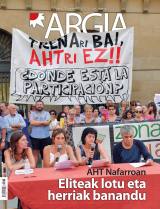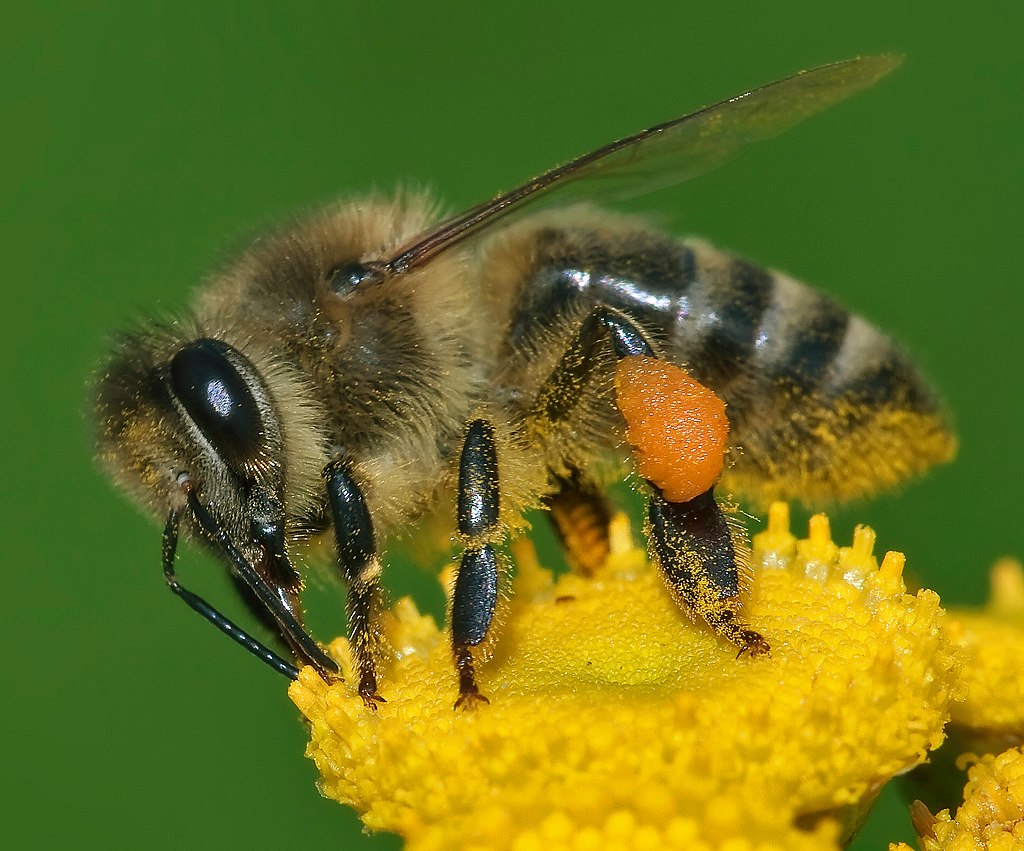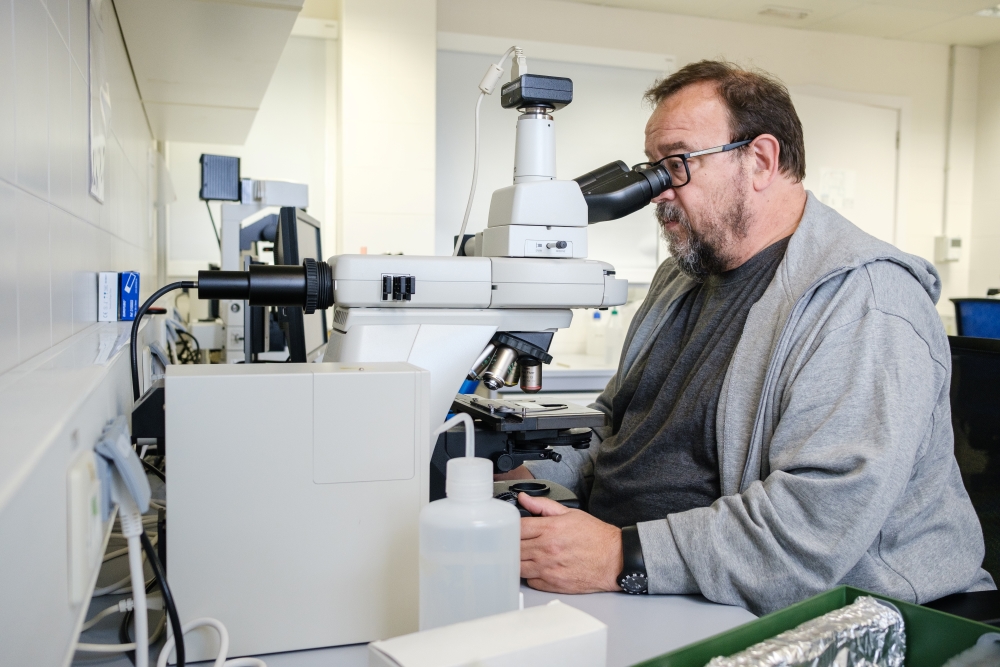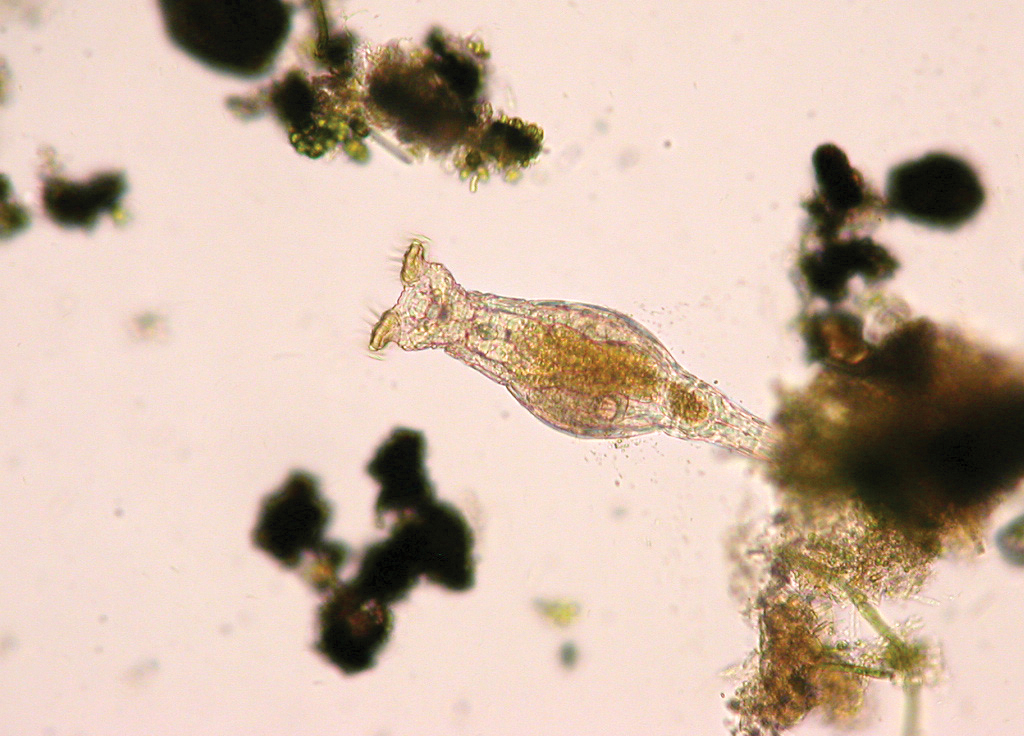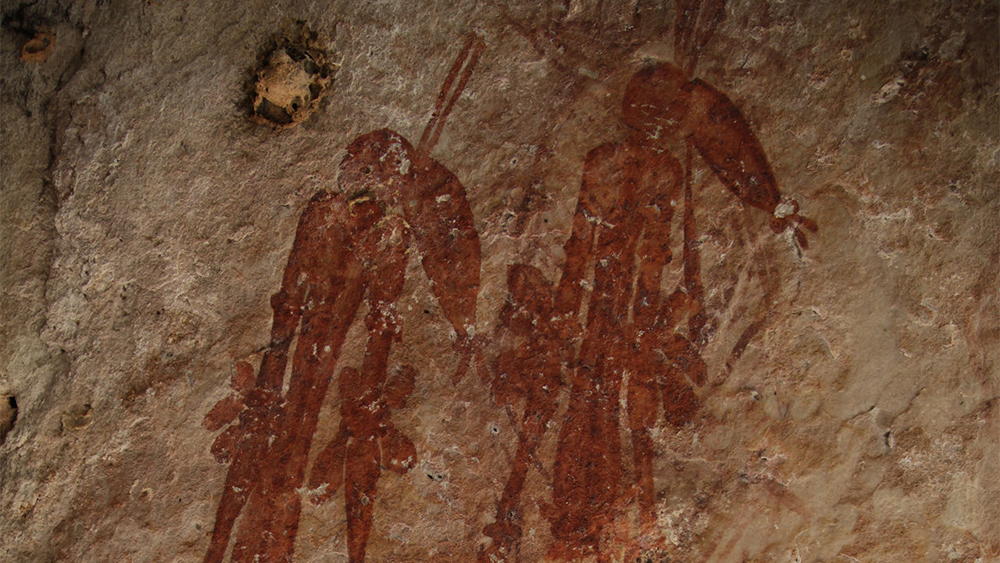A single meeting point for three lizards
- One, two and three. Three eyes of lizard watching, we looked at each other. They're sunbathing on the old limestone wall. All three have the same look, while the eyes are different. In fact, in the Araotz mountains there are three eyes of lizard, of three species. Of course, they will know that they are different. You will not know, however, that the old wall of Araotz is the only area where the three lizard species are located in the Basque Country. Humans have also discovered this spring this treasure of Araotz and since then it is a research center for scientists.

The Araotz district is located in Oñati. However, to be a neighborhood in Gipuzkoa, the area has something special, something that is not seen in the rest: Araotz has species of Atlantic climate that are found in the rest of Gipuzkoa and that need humid and temperate areas. But as if the proximity of the Mediterranean side polluted it, in the mountains of Araotz you can also see areas of Mediterranean landscape with native fauna and flora. The mixture of these two conditions and the richness of the different habitats in the landscape make Araotz a unique space for the approach and fascination of anyone interested in fauna and flora, and in general in nature.
Meeting place of the lizards of the Basque Country
In the Basque Country there are three species of lizards: Green lizard, schreiber lizard and gardatillo. The green lizard is the most common on the Atlantic side, where the climate is humid. The Schreiber lizard is also limited to the Atlantic side, but it has the different needs of the green lizard and is not so much. Gardatxo, from dry and sunny areas, is a lizard from the Mediterranean area, most common in Álava and in the south of Navarra.
In the Basque Country, the gardatxo and the green lizard are quite a few areas that live close to each other. The green lizard and the schreiber lizard are some of the places where they are. The lizard Schreiber and the heart are less the areas that live a few kilometers away, but the three lizards live in the same valley, only one of the nuclei that coexist in the same space is known: Araotz.
This fact, beyond mere curiosity, is of great importance to herpetologists who study the life and biology of reptiles. In fact, this space in which the three species coexist or compete can become an excellent natural laboratory to analyze ways of life, struggles, microhabitat demands or the rhythms of lizards. What is the strategy of each of the three species to survive in the competition zone? Is there any lizard that protrudes from others? Do they share, or are they well distributed, the areas of each? With regard to the other areas in which these lizards live, do they behave differently from those in Araotz?
Gardatxo in Araotz. Chronicle of a finding
The fact of having seen the three lizards of Araotz is not a matter of much time. Even if it sounds like a lie, in the twenty-first century the divisions of many species in the Basque Country are still unknown: where they are, where they are not. And if we talk about reptiles, nothing else to say. The schreiber lizard was first discovered in Araotz a year ago. The case of the gardatxo is also a clear example. Until the beginning of this spring in Gipuzkoa, gardatxis were never found. Therefore, it can be said that the only known population in Gipuzkoa is that of gardatxo discovered this spring in Araotz.
Since the first day of observation of the Gardatxo, coordinated by the Society of Sciences Aranzadi, a group of biologists and naturalists work on sampling the lands of Araotz. During spring, exits and samples have been carried out with the objective of knowing the area taking as starting point amphibians, reptiles, odonates, butterflies and plants.
Wetlands, river banks, juniper areas, and walls, have observed ancient limestone walls with the aim of increasing the knowledge of reptiles and, more specifically, lizards.
In the mountains of Araotz, the person who had raised the stones to build the walls never thought that he would not only separate the lands, but that the old wall would also serve to unite the lizards. In fact, on the ancient limestone walls of Araotz, lizard eyes are three and three different.
LAGARTO VERDE (LACERTA BILINEATA)
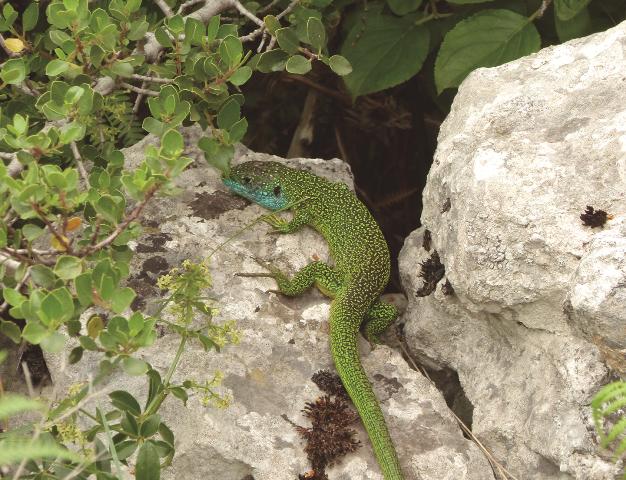
The most common lizard species on the Atlantic side. The back is usually green, plagued by small black dots and the yellow belly. Females usually have two or four white stripes on both sides of the back. Hence its scientific name (bilineata). In the Ugal era, the males have a bluish head.
Lagarto Schreiber (Lacerta Schreiberi)

It can only be found in the Iberian Peninsula. In Galicia it is abundant and as it approaches the Basque Country, the distribution is narrowing: It is also reduced to the east of Bizkaia and Álava, and it is rare in the east of Gipuzkoa, being a quote from the 1980s the only testimony, in Jaizkibel. Males usually have a greener back, with small spots, and at the time of proliferation, the whole head turns blue to the neck. Females present larger spots on the back and have a brown color on the head and back. It is Egoitz Alkorta and Ander Izagirre who have visited this species of Araotz for the first time.
Gardatxo (Timon Lepidus)
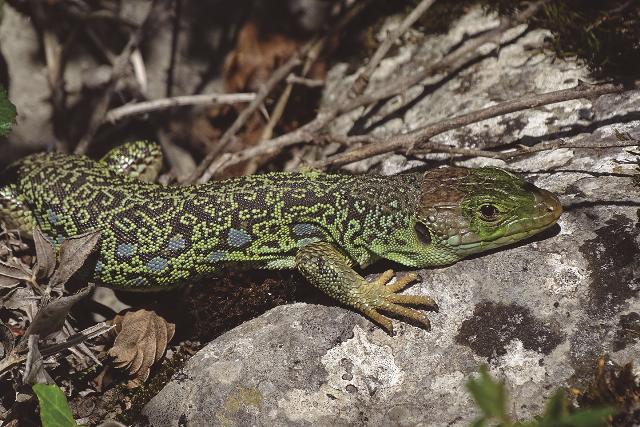
The largest lizard in Europe. It is a kind of Mediterranean climate that enjoys open spaces. It is characterized by its blue spots on the sides of the back and its large size. Ibai Ugarte is the one he saw for the first time in Araotz and, therefore, in Gipuzkoa.
Cirauna (Anguis fragilis)
Wall lizard (Podarcis muralis) Sugandila parda
(Podarcis liolepis) Sugandila vitalista (Zootoca vivipara)
Snakes:
Southern Smooth Snake (Austrian Coronella) Southern Smooth
Snake (Girondic Coronella) Snake Tie (Natrix astreptophora)
Snake Viperacara (Natrix maura) Serpent Sculppion
(Zamenis longissimus) Cantaurian Snake (Vipera seoanei)
Flies:
Gardatxo (Timon lepidus) Lagarto verde
(Lacerta bilineata) Mosquito Schreiber (Lacerta schreiberi)
Ionan Marigomez Allende (Erandio, 1961) biologoa da lanbidez eta bokazioz. Bera izan zen EHUren Plentziako Itsas Estazioaren sustatzaile nagusia, eta bera da bertako zuzendaria 2013an sortu zenetik. Bulegoan hartu gaitu, atzealdean Gorlizko badia ageri dela, eta hantxe jardun... [+]
1891n nekazari batek Gwion estiloko hainbat labar pintura aurkitu zituen Kimberlyn (Australia).







